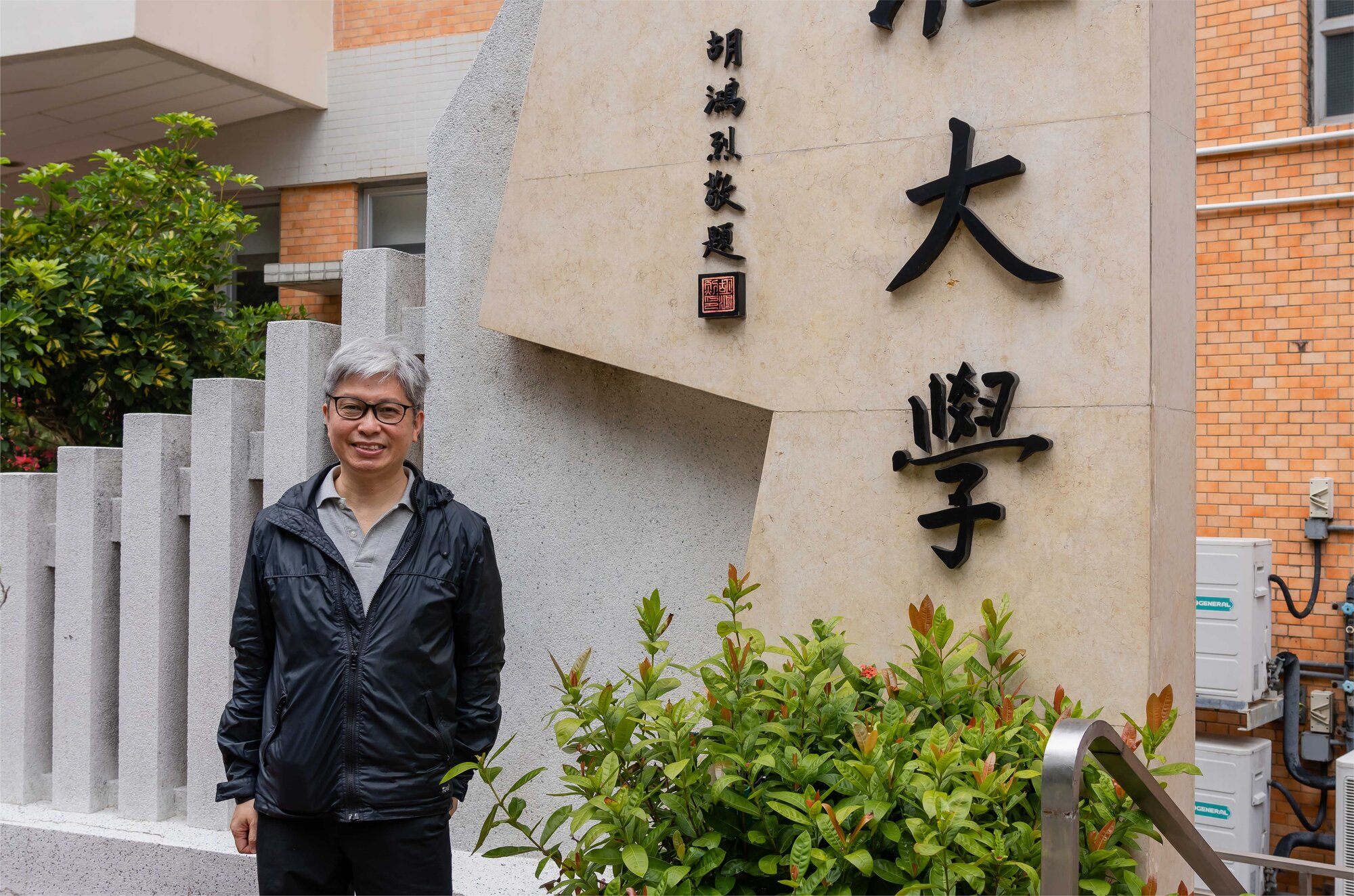
Title of Project: A Unifying Framework for Structural Efficiency Measurement: Theories and Applications
Principal Investigator: Dr. LEE Shu-kam (Acting Head & Associate Professor of Department of Economics and Finance, Director of Business, Economic and Public Policy Research Centre, Hong Kong Shue Yan University)
Funding Source: 2021/22 Competitive Research Funding Schemes for the Local Self-financing Degree Sector – Faculty Development Scheme (FDS) of the Research Grants Council (RGC)
Amount of Grant: HK$ 1,036,250
Project Duration: 24 months
Dr. LEE Shu-kam, Acting Head of the Department of Economics and Finance, funded by the Research Grants Council is working on a project entitled “A Unifying Framework for Structural Efficiency Measurement: Theories and Applications”. He revealed that the applied research on measuring efficiency, especially group efficiency (also known as structural efficiency), is neither common in the public nor the private sector in Hong Kong. It is, nevertheless, very important for both the public sector and the business community, because with group efficiency measurement, the source of inefficiency may be identified, which may then help decision makers make better resource investment decisions.
Dr. LEE said in an interview with Shue Yan Newsletter that efficiency is the key for the public sector to achieve policy objectives with the most cost-effective investment and for companies and industries to maintain profitability, and it is also the key to appropriate allocation of resources within and across economic regions. The term “efficiency” represents the current performance of a production unit compared to the best that the production unit may achieve, while “inefficiency” means a production unit is not performing at its optimum.
Finding out the primary source of low efficiency of a group can not only help decision makers formulate the correct measures to solve problems of a production unit, but also sometimes allow them to measure how much room there is for improving efficiency of a group. “At present, the application of efficiency is mainly about individual efficiency rather than group efficiency. Therefore, our project aims to develop a unified framework for measuring group efficiency, i.e., structural efficiency,” explained Dr. LEE.
The existing theoretical framework of structural efficiency includes four exhaustive and mutually exclusive components (in parentheses):
① efficiency in the internal utilization of inputs within individual production units (aggregate technical efficiency);
② efficiency in the combination of outputs within individual production units (aggregate allocative efficiency);
③ efficiency in resource allocation within subgroups (intragroup re-allocative efficiency);
④ efficiency in resource allocation among subgroups (intergroup re-allocative efficiency).
At present, however, there are quite a few constraints in the application of this theoretical framework. These constraints include the need to assume fixed prices, homogeneous production technologies, movable inputs, and the need to take outputs as the objective of production and so on.
Dr. LEE gave an example with public hospitals. Public services would usually have a target of service output. Researchers therefore would first identify outputs before looking at the efficiency of input utilization. However, it is not the same with enterprises. Taking the catering industry as an example, since the scale of the branches of a chain group is fixed, researchers can only measure efficiency from its staff, i.e., how many staff members should be employed to achieve the best performance. Relevant past studies were unable to maximize efficiency and resulted in wrong decisions for they failed to carefully consider the fixed components.
In terms of regional economy, Dr. LEE further pointed out that the resources and technologies available and prices in different mainland provinces and cities vary greatly, which is a different scenario than that in Hong Kong. Therefore, he would establish another measurement framework based on the situation in mainland China, with a view to making accurate measurements and helping various regions in mainland China to improve structural efficiency.
The unifying framework proposed by Dr. LEE’s research team integrates different prices, varying production objectives (different orientations), heterogeneous production technologies, and immoveable (fixed) inputs into a general model based on the existing theoretical framework. In other words, assumptions made in response to different sectors / industries and situations are integrated into the framework. This new framework will be applied to the following three empirical case studies:
① the public sector – the public hospital sector of Hong Kong, which policy objectives include fixed outputs and number of services;
② regional economies in mainland China, which feature heterogeneous technologies and prices;
③ the catering industry of Hong Kong, which functions with fixed inputs.
Dr. LEE’s research is divided into three stages. The first stage is to collate the theoretical framework. After that, data collection and programming will be carried out in the second stage, while the third stage is to estimate efficiency and analyze data. Different stages of work may be carried out simultaneously.
As for the difficulties that Dr. LEE may encounter in the study, Dr. LEE expects that the setup of the theoretical framework is going to involve arduous mathematical models and programming. Fortunately, his co-researcher Dr. S.K. Li is an expert in this area. In addition, for the empirical studies, detailed information, such as the floor area, amount of rent, number of employees, etc. of each branch or institution, about the operation of enterprises / institutions have to the collected. Before the fifth wave of the COVID-19 pandemic, he had obtained the consent of some enterprises and had been provided relevant information; however, after the outbreak of the fifth wave, data collection has become more difficult.
While talking about the applicability of this study, Dr. LEE said that theoretically, as long as there are inputs and outputs, no matter they are public institutions, private enterprises or even schools, his measurement framework would be applicable for making the most appropriate allocation of limited resources to maximize efficiency. “I believe that our study will help senior managers make good use of resources and enable companies to operate at maximum efficiency. Government officials and business practitioners will also be able to better understand their structural efficiency, and thus be able to make excellent strategic planning,” concluded Dr. LEE.